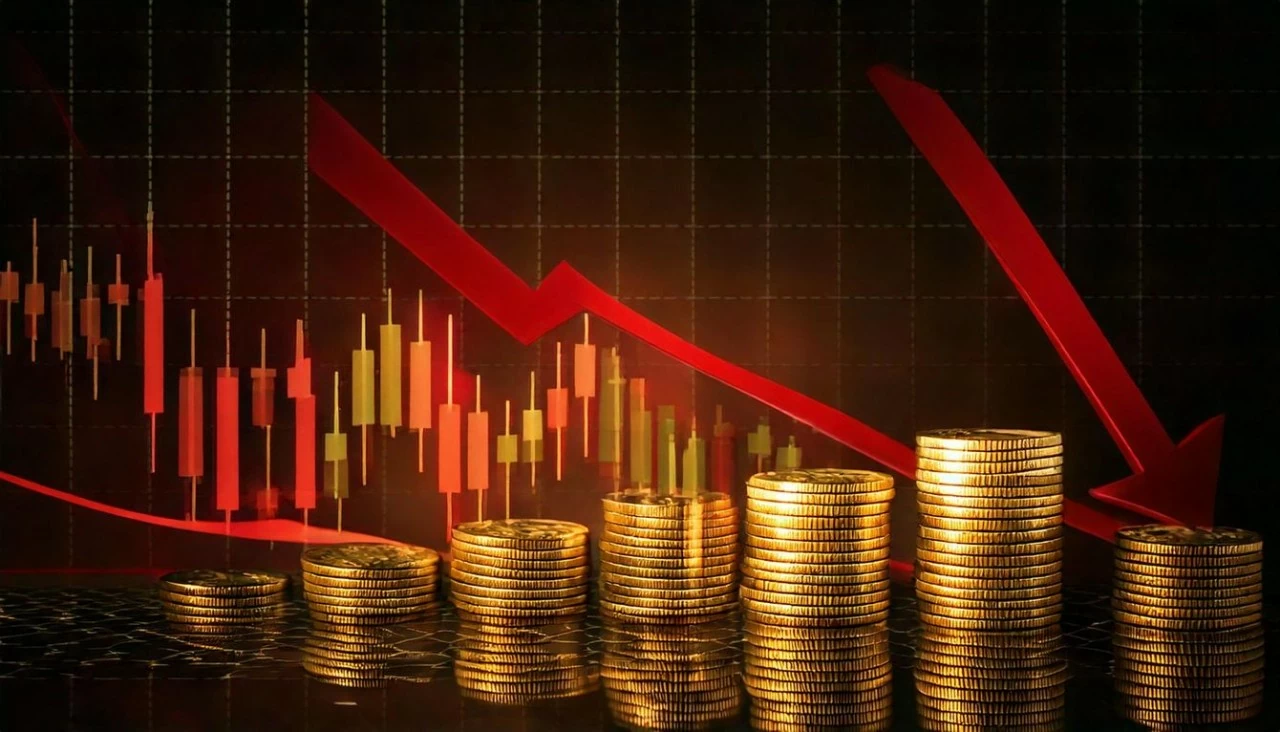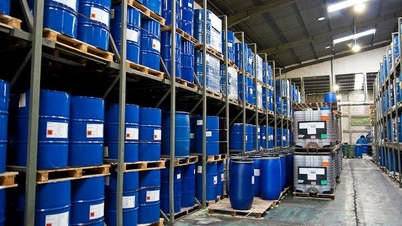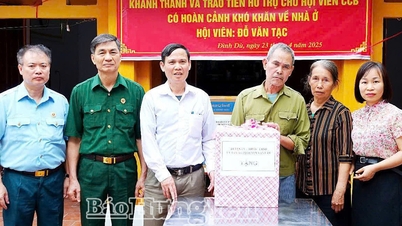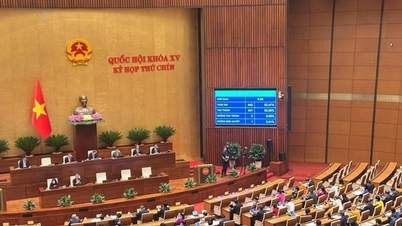As gold prices fell from peak to bottom in just a few days, the story about the Vietnamese gold market heated up again with many concerns.
 |
| According to Governor of the State Bank of Vietnam (SBV) Nguyen Thi Hong, Vietnam does not produce gold and is completely dependent on imports. (Source: Kitco) |
Not only is it a problem for investors who “jumped” to the peak of VND90 million/tael, this fluctuation reflects major bottlenecks in management policies. It is time for us to ask the question: How to free up cash flow from gold, reduce import dependence and create a more transparent and healthy market?
In recent days, the Vietnamese gold market has witnessed a sharp decline in price. In just four days (November 12-15), the price of SJC gold bars has dropped by 2 million VND/tael, bringing the buying price down to 80 million VND/tael and the selling price to about 83 million VND/tael. Even gold rings - which are considered a more flexible investment option - have fallen even more miserably, losing 2.7 million VND/tael at 79.8-82.1 million VND/tael (buy-sell). This has made many investors "hitting the peak" at the price of nearly 90 million VND/tael worried, while those looking to buy gold for investment are sad because many stores report that there is no gold to sell.
Tran Nhan Tong Gold Street ( Hanoi ), which is considered a major gold trading center, is no exception. Many stores reported running out of gold bars or gold rings, while consumers are still struggling to find supplies. The situation of “difficulty buying, difficult selling” of gold during times of strong price fluctuations is not a new phenomenon. It reflects major shortcomings in the gold market management mechanism in Vietnam.
Governor of the State Bank of Vietnam (SBV) Nguyen Thi Hong admitted that Vietnam does not produce gold and is completely dependent on imports. This makes the domestic gold market strongly influenced by the big waves of world gold prices. “Vietnam does not produce gold, the supply is completely dependent on imports, so the gold market is greatly affected by international fluctuations,” Ms. Hong shared during the question-and-answer session before the National Assembly.
However, in addition to the supply factor, the domestic gold market is also affected by shortcomings in management policies. Decree 24/2012/ND-CP, which was expected to create a stable legal framework for the gold market, has revealed many limitations after more than a decade of application. The monopoly of gold imports through the State Bank, along with the restriction on the number of enterprises allowed to trade gold bars, has reduced competition and transparency in the market.
The difference in gold prices between domestic and international is also a big problem. Although the world gold price is falling sharply, the domestic gold price remains high, causing consumers to suffer. In particular, when the world gold price falls, people buying domestic gold often face great risks because the decrease is not uniform.
National Assembly Chairman Tran Thanh Man raised an important question during the question-and-answer session: “The State Bank needs to study solutions to encourage people to sell gold to invest in production and business instead of hoarding it.” This is not only a reminder but also a big problem for the entire policy system. How to transfer cash flow from gold – a “dead” asset – to areas that bring higher added value such as production, business or startups?
Economic expert Associate Professor Dr. Nguyen Thuong Lang commented that the core problem of the current gold market lies in management thinking. “We cannot forever regulate the gold market with administrative measures. If we want to stabilize the market, Vietnam needs to accept close connection with the world market, while applying flexible economic measures such as adjusting gold import tax, increasing domestic supply and reducing the difference between domestic and international prices,” he emphasized.
In addition, one of the solutions that many experts agree on is to establish a national gold exchange. Currently, Vietnam still does not have an official gold exchange where transactions are public and transparent. This lack of transparency not only increases the risk of speculation but also causes unnecessary fluctuations in the market.
China, the world’s largest gold consumer, has succeeded in establishing transparent and internationally connected gold exchanges. This not only helps stabilize domestic gold prices but also minimizes risks for investors. Vietnam can absolutely learn from this model to increase transparency and stability in the gold market.
Another issue that cannot be ignored is the gold import mechanism. The monopoly of imports through the State Bank not only reduces the flexibility of the market but also puts pressure on domestic gold prices. If import outlets are expanded and more businesses are allowed to participate in the supply chain, the market will be more competitive and at the same time reduce the pressure on price differences.
However, the gold market is not just a story of supply and demand. For Vietnamese people, gold has long been a symbol of safety and financial stability. This mentality has been deeply ingrained in investment culture, making the conversion of cash flow from gold to other channels a big challenge.
India is a good example of how to reduce dependence on gold. The government not only imposed high import duties on gold but also issued gold bonds, encouraging people to deposit gold in banks instead of keeping it at home. Lessons from India show that changing people's gold hoarding habits requires a long-term strategy with the coordinated participation of both the government and financial institutions.
In addition, gold smuggling is also a serious problem. When domestic gold prices are pushed up by high taxes, the black market easily benefits. This situation not only causes budget losses but also disrupts the official market. Authorities need to strengthen inspection, supervision and strict handling of smuggling activities, and at the same time develop gold quality standards, including invoices and transaction documents, to ensure transparency.
Expert Associate Professor Dr. Nguyen Thuong Lang emphasized that innovation in management thinking is a long-term problem, requiring synchronous coordination between management agencies, businesses and the people themselves. “A stable gold market not only protects the interests of investors but also motivates money to flow into production and business sectors,” he shared.
In the long term, amending Decree 24 is necessary, but not enough. Vietnam needs a more comprehensive strategy to transform the gold market from an opaque “dark area” to a transparent, efficient and globally connected system. This is not only an economic problem but also a way to reshape people’s investment thinking, promoting sustainable development for the entire economy.
The Vietnamese gold market is facing major challenges, but at the same time, it also opens up opportunities for comprehensive reform. It is time for us to reconsider: Gold is not the answer to all economic problems. Changing management thinking is not only to protect investors but also to create a more autonomous, strong and fair economy.
Source






































































































Comment (0)